
Current or recent lab members
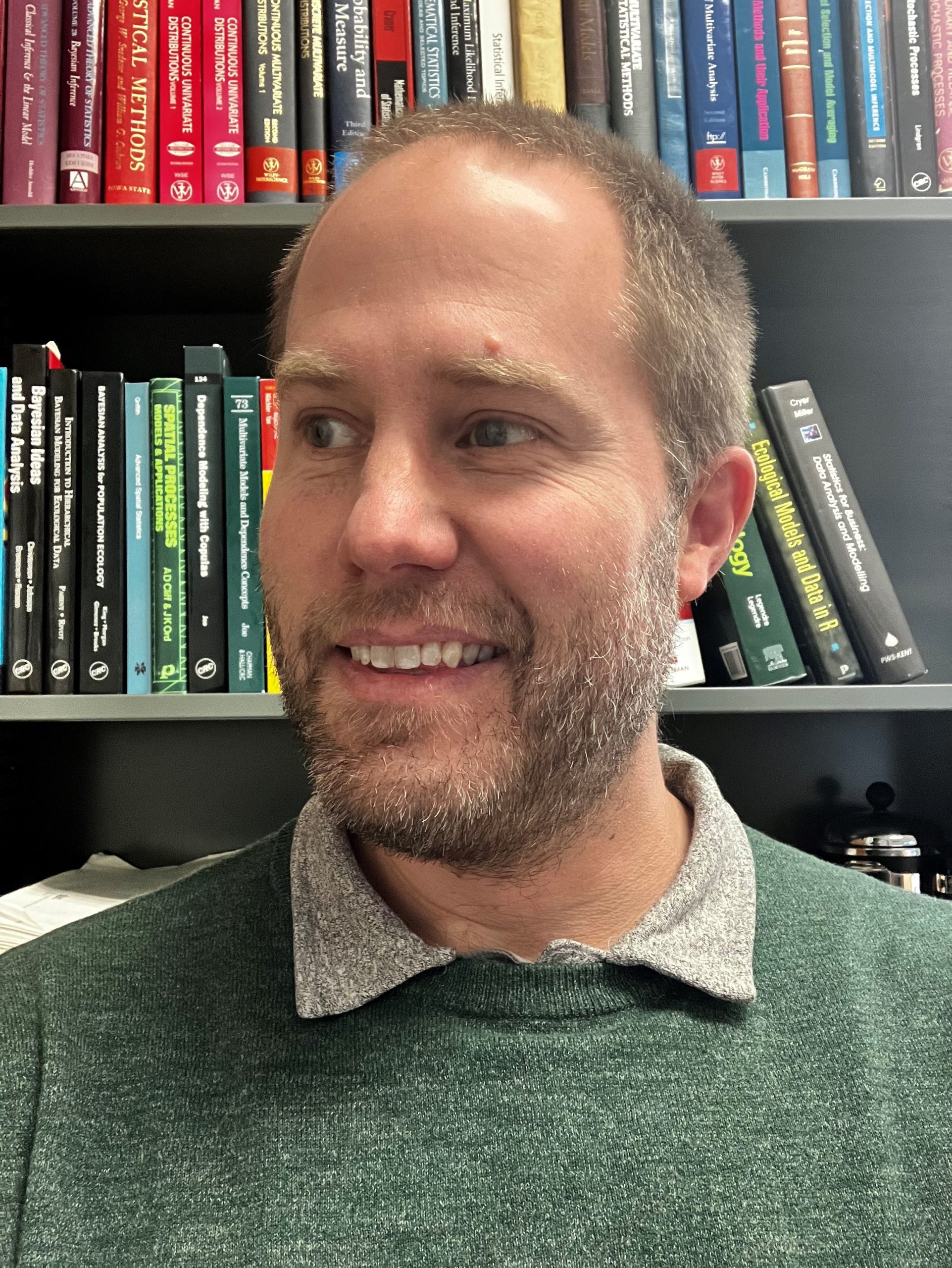 |
Daniel ReumanProfessor, Department of Ecology and Evolutionary Biology |
 |
Nat CoombsPhD Candidate |
 |
Ethan KadiyalaPhD candidate, University of Virginia |
 |
Vadim KaratayevPostdoctoral Researcher |
 |
Onofrio MazzarisiPostdoctoral Researcher |
 |
Deidric DavisREU student, summer 2024 |
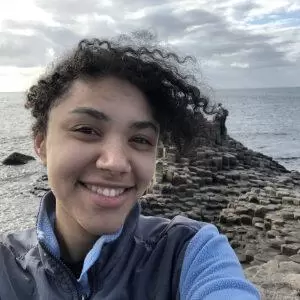 |
Aleyna Loughran-PierceREU student, summer 2024 |
 |
Fernando MiguelenaREU student, summer 2024 |
 |
Sela RaislREU student, summer 2024 |
Past postdocs and PhD students
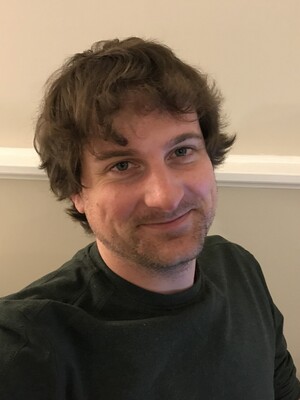 |
Daniel R. O’DonnellPostdoctoral Researcher |
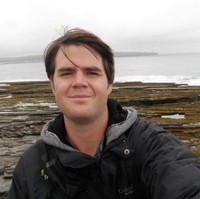 |
Scott ColbornePostdoctoral Researcher |
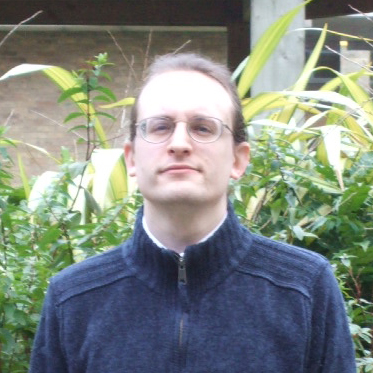 |
Lawrence SheppardPostdoctoral Researcher |
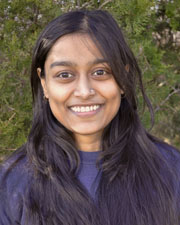 |
Shyamolina GhoshPostdoctoral Researcher |
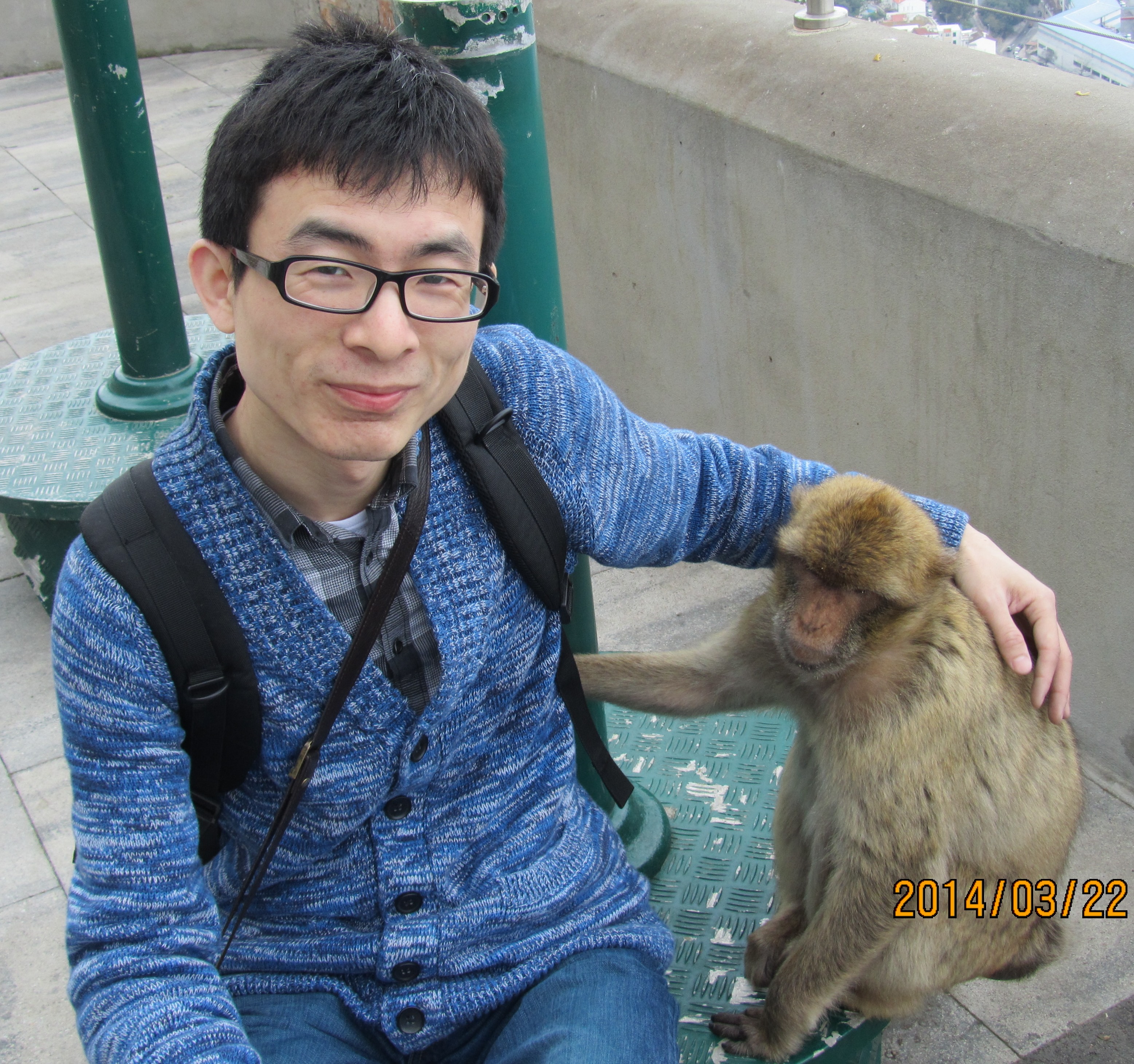 |
Lei ZhaoPostdoctoral Researcher |
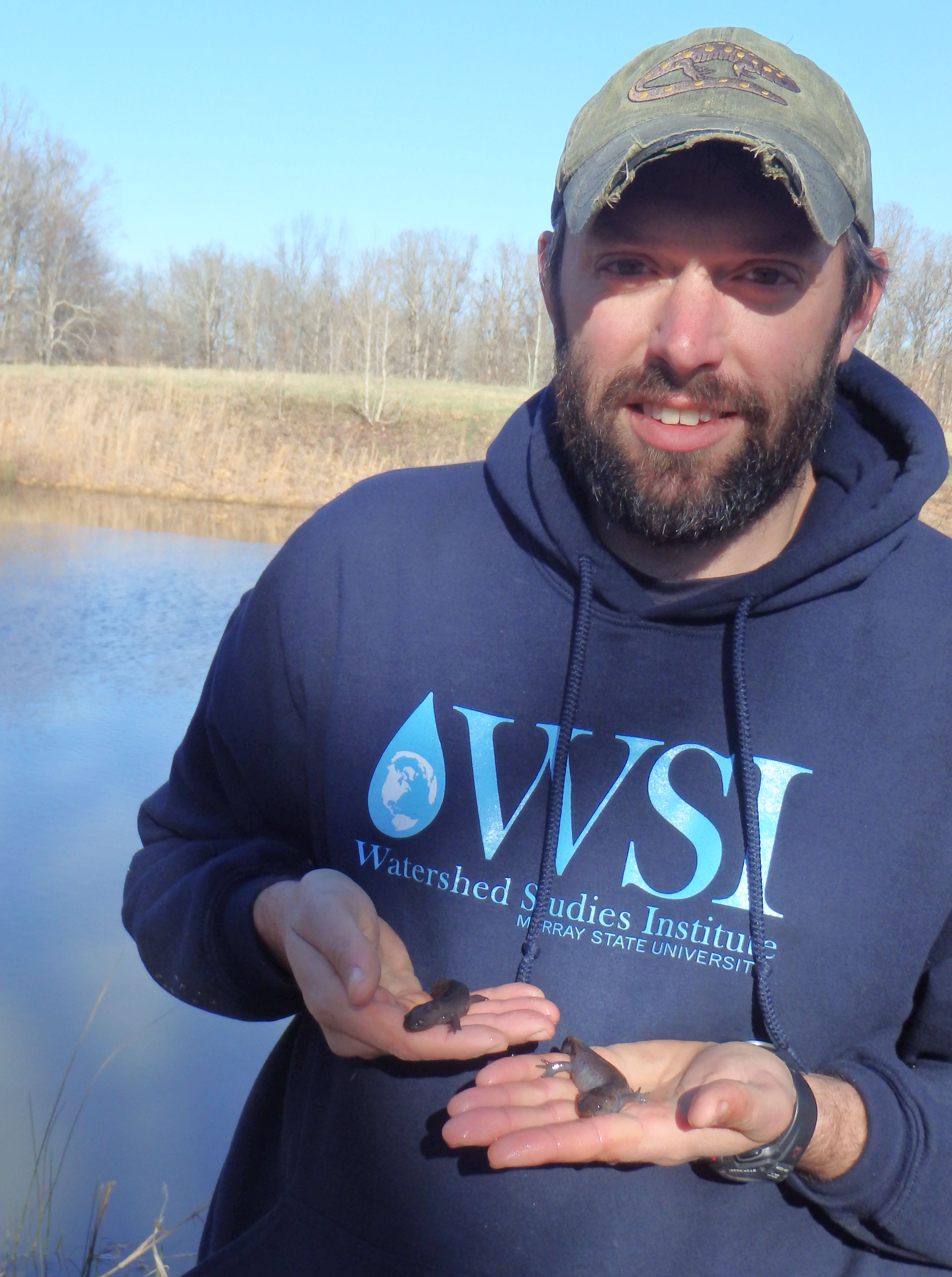 |
Tom AndersonPostdoctoral Researcher |
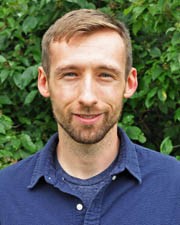 |
Jonathan WalterPostdoctoral Researcher |
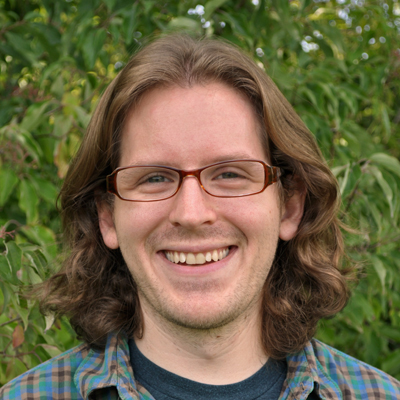 |
Brandon MechtleyPostdoctoral Researcher |
 |
Georgina Adams, PhDBiogeography of marine communities: Beyond food webs and the abundance spectrum. |
 |
Emma Defriez, PhDSynchrony in marine plankton metapopulations and the effects of climate. |
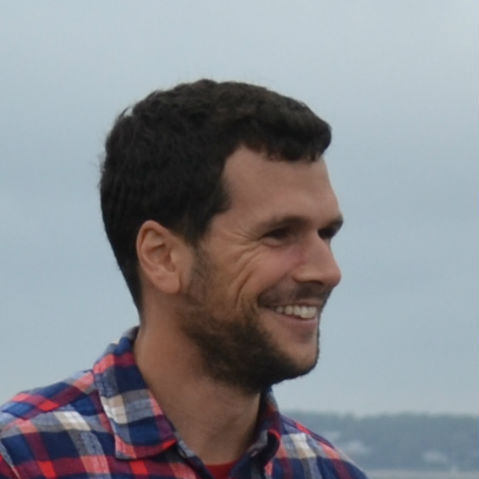 |
Bernardo Garcia-Carreras, PhDThe global effects of climate change on population dynamics. |
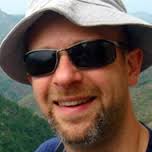 |
Lawrence Hudson, PhDUnifying food web structure and dynamics with metabolic theory: a general and modular computational approach. |
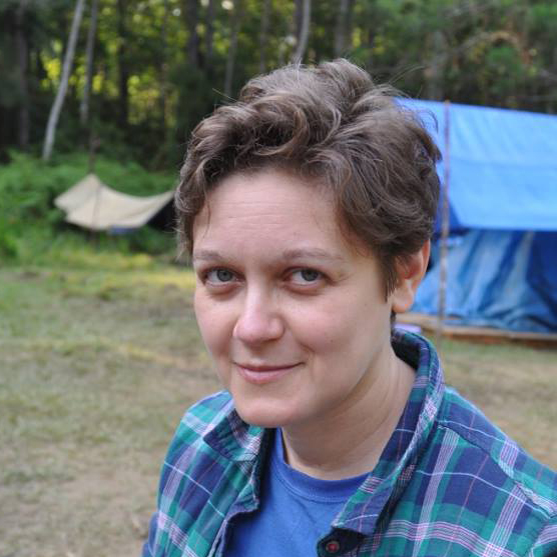 |
Lisa Signorile, PhDEcological and genetic determinants of the expansion of grey squirrel populations in Italy and Britain. |
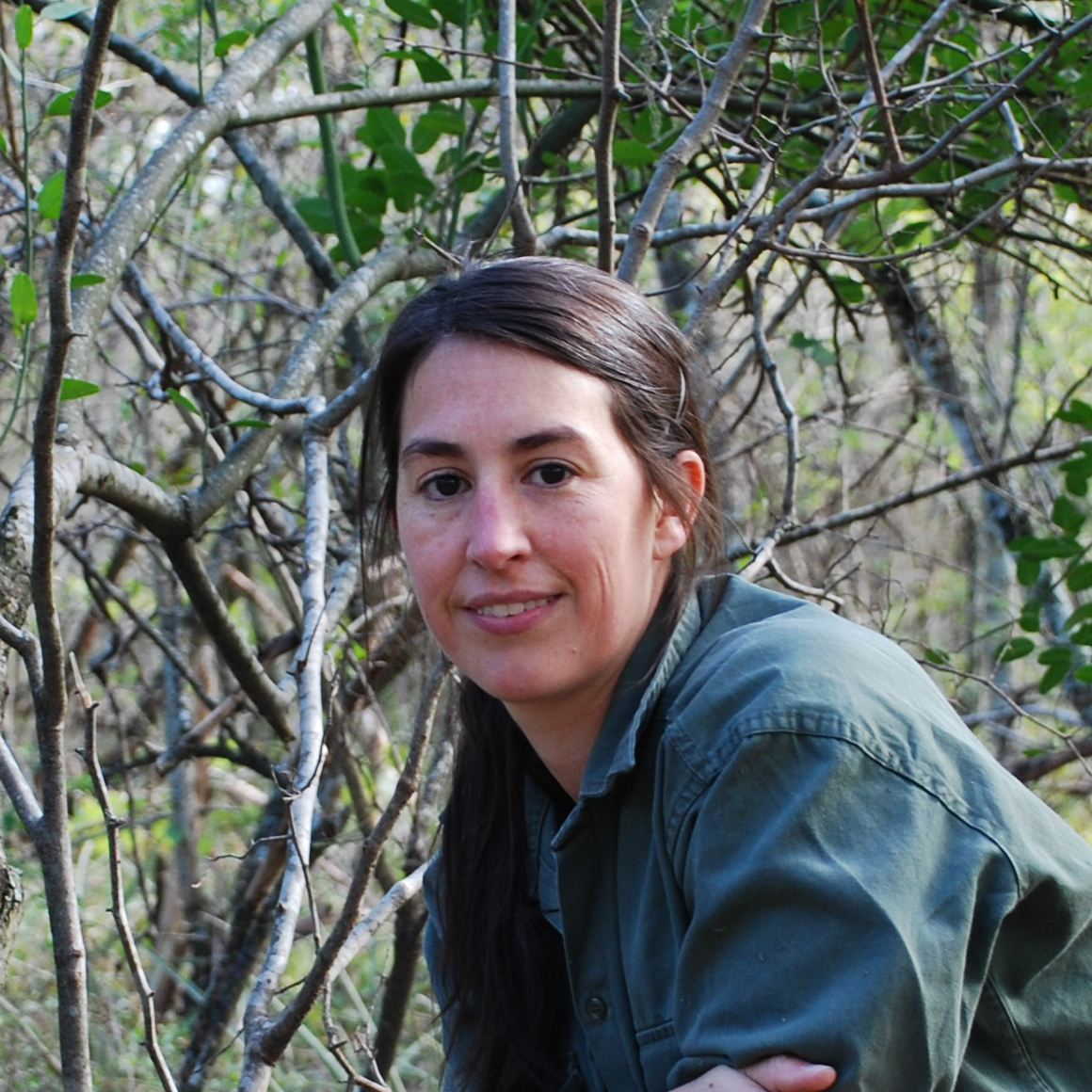 |
Julieta Decarre, PhDDiversity and structure of bird and mammal communities in the semiarid Chaco region: response to agricultural practices and landscape alternations. |
 |
Drew WilsonFormer PhD student, joint with Tom Bell, Imperial College London. |
Past masters students
| Adeola Adeboje. Cross environmental variable synchrony. |
| James Chris Terry. Detecting signatures of physiology in dynamics: direct tests of allometrically parameterized food web models. Became a PhD student at Oxford University. |
| Simon Mills. Measuring histories of habitat fragmentation using terrageny metrics offers fresh insight into fragmented landscapes. Became a PhD student at the University of Sheffield. |
| Yaodong Yang. Dispersal and island biogegraphy. Primary supervisor James Rosindell. Became a PhD student at the University of Southampton. |
| Laura Nunes. Potential trends in the sensitivity of long term growth rate to changes in the mean and standard deviation of environmental conditions. Became a PhD student at University College London. |
| Melissa Guzman. The inflationary effects of temporal autocorrelation provide persistence in multi-trophic sink metacommunities. Became a PhD student at McGill University. |
| Paul Rassell. Replicability of ecological community dynamics and the measures which characterize them: a study of innate variability in real and simulated communities. Became a PhD student at Imperial College London. |
| Shiyu Li. On the relative importance of changes in the mean and variability of climatic signals for the long-term stochastic growth rate of an age-structured population. |
| Rosemary Moorhouse-Gann. An American invasion: the origins, genetic diversity, and population structure of the American grey squirrel in Cumbria. Became a PhD student at the University of Cardiff. |
| Harkiran Bhogal. Temperature and optimal swimming speed in fish. |
| Sean Webber. Reconstructing the rise and demise of two squirrel species in Great Britain: Testing the role of forest cover. |
| Dimitrios Nerantzis. Predicting imposed chaos in the population dynamics of an insect species. Became a PhD student at Imperial College London. |
| Guo-Heng Chin. Abundance-occupancy relationships in deep-sea fish species. Primary supervisor Julia Blanchard. |
| Georgina Adams. Body size and species composition of diatoms in Icelandic streams. Became a PhD student at Imperial College London. |
| Yangchen Lin. The link between maximum likelihood and the forecast accuracy of mechanistic population models. Became a PhD student at Cambridge University. Yangchen won the Gerald Durrell award for best thesis in his MSc in his year. |
| Yesim Dodlani. Spatial and temporal scaling of the abundance spectrum. |
| Carmen Suriel-Melchor. The effects of climate change on bird population dynamics in North America. |
| Silvia Antonelli. Modeling the eco-evolutionary dynamics of a temperature-dependent consumer-resource system. Primary supervisor Tim Barraclough. |
| Oliver Wearn. Extinction debt in the Brazilian Amazon. Oliver’s master’s thesis work was eventually published in Science. Became a PhD student at Imperial College London. |
| Lawrence Hudson. Dynamics of complex food webs: Empirical verification of models. Became a PhD student at Imperial College London. |
| Yajun Sun. Distributions of average species body masses in local community food webs. Became a PhD student at the University of Toronto. |
Past undergraduate research students
| Noah Pyle, University of Kansas, Woods Hole Oceanographic Institute, and Kalamazoo College, Coastal Heartland Marine Biology Exchange REU student. |
| Edgar Nickols, University of Kansas, Woods Hole Oceanographic Institute, and Haskell Indian Nations University, Coastal Heartland Marine Biology Exchange REU student. |
| Miriam Wanner, University of Virginia, The geography of synchrony of giant kelp. |
| Isaiah Erb, University of Kansas, The influence of topography on the geography of synchrony of terrestrial vegetation. |
| Jasmin Albert, University of Kansas, Storage effects and tail associations. |
| Thomas Gartman, University of Kansas, Geography of synchrony of terrestrial vegetation in urban areas. |
| Noah Mohabbat, University of Kansas. |
| Madeleine Muller, University of Kansas. |
| Carter Pilch, University of Kansas, Synchrony of five common amphibian species in Minnesota. |
| Goma Karki, University of Kansas, Jon Walters was Goma’s main supervisor. |
| Jacob Peterson, University of Kansas, Relationships between patterns of synchrony in taxonomically and ecologically similar species in the North Sea. |
| Emilie Tarouilly, Imperial College London, Environmental drivers of global synchrony in phytoplankton. |
| Sharmila Rana, Imperial College London, Is change in the mean or the variability of a climate variable more important for extinction risk in a density dependent population model? |
| Richard Clifton, Imperial college London, Can extinctions be predicted after anthropogenic perturbations to ecosystems? |
| Jonathan Chan, Imperial College London, Competition and the effects of temperature. |
| Sean Jordan, Imperial College London, Competition and the effects of temperature. |
| Alexander Kazhdan, Imperial College London, Predicting extinctions in food webs. |
| Lucy Li, Imperial College London, The predictive power of R* in a two-predator one-prey Lotka-Volterra model. |
| Timothy Saunders, Imperial College London, What are the most important questions in ecology for the 21st century? |
| Ryota Nakamura, Imperial College London, Murder rates are higher when the weather is warmer. |
| Andrew Brockman, Imperial College London, Are top predators really on top? |
| Feng Wang, Imperial College London, Confidence intervals for population viability analysis. |
| Thomas Britton, Imperial College London, Latitudinal biodiversity gradients. |
| Edward Stephens, Imperial College London, An unwritten future: defining the global water shortage and the multidimensional crisis facing China’s national security. |
| Cai GoGwilt, Rockefeller University, New York, Population models with mechanistic stochasticity. |
| Daniella Schittler, Rockefeller University, New York, Emergent properties of tri-trophic interactions and food chains in food webs with abundances and body masses. |
